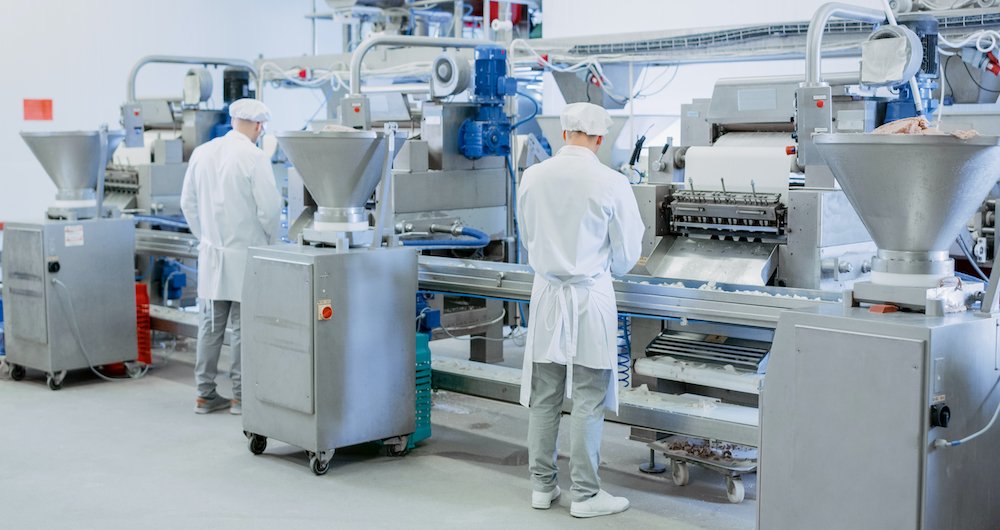Posted by Zosi Team

Continuous quality improvement is the ongoing process of raising the performance of an organization (and thereby improving products, services, people, and systems) to provide added value for consumers and a better working environment for employees.
The continuous improvement process includes activities that may include but are not limited to internal or external reviews and/or assessments, and ongoing performance monitoring. Quality-driven companies recognize that continuous improvement is a journey with no end.
For food manufacturers, this looks like:
In the food industry, quality control and quality assurance have had to rise to meet stricter food laws, regulations, consumer demands, and increased market competition. How do they do so? By adopting a culture where business performance follows a continuous improvement model where product defects and process deviations are prevented and corrected. Continuous improvement processes may take the form of Key Performance Indicators, HACCP-based Quality Systems, or Lean Manufacturing Practices.
What is Lean Manufacturing?
Simply put, lean manufacturing means maximizing customer value through diminishing waste and increasing process speed. This idea is not new, and ultimately boils down to eliminating bottlenecks by changing management focus from optimizing separate technologies and department to optimize the flow or products through the entire value stream across technologies, assets, and departments to customers. Lean manufacturing identifies seven areas of waste prevalent to production systems. They are:
|
Overproduction |
When products are produced without customer demand. |
|
Waiting |
Lag time between production steps. When employees wait, value diminishes. |
|
Transport |
Inefficient moving of material or product |
|
Motion |
Poor work standards that result in employees moving inefficiently through tasks |
|
Over-processing |
Too much time spent producing a product |
|
Inventory |
When inventory levels are too high and there is still a high level of work in progress at one time |
|
Defects |
The time employees spend identifying and fixing production mistakes |
Lean manufacturing saves both time and resources as quality improves, inventory decreases, and quality issues are dealt with swiftly. This results in increased customer satisfaction and fewer complaints and recalls.
Conclusion
Lean manufacturing, like every continuous quality improvement process, offers an opportunity to employ HACCP principles, root cause analysis procedures, and CAPA processes. In food manufacturing, the success of your continuous improvement strategy will rest on your ability to seamlessly integrate these principles into practice. To learn more about employing continuous quality improvement, CAPA and RCA in your facility, click here.



 Never Miss an Update.
Never Miss an Update. 